19 Oldest Rivers in the World
Ganges River, South Asia (Age: 50 million years)
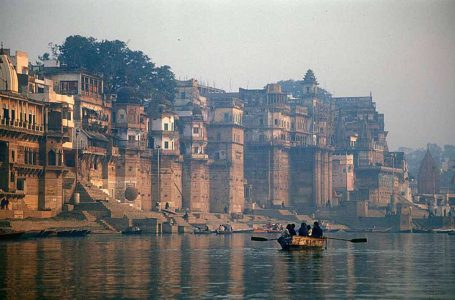
The sacred Ganges River in South Asia is estimated to be about 50 million years old. Originating in the Himalayas, it flows through India and Bangladesh, supporting hundreds of millions of people. Geologically, the river formed as the Indian subcontinent collided with Asia, creating the Himalayan mountain range. Over millions of years, its waters have carved fertile plains and supported diverse ecosystems. Revered in Hinduism, the Ganges holds spiritual significance, serving as a site for rituals and festivals. Its sediment-rich waters are vital for agriculture, sustaining one of the worldâs most populous regions. Despite its ancient origins, pollution and overuse threaten its future.
Danube River, Europe (Age: 35 million years)

Europeans Danube has flowed for an estimated 35 million years, originating in the Black Forest of Germany. Spanning 2,850 kilometers, it passes through 10 countries before emptying into the Black Sea. The riverâs age is linked to tectonic shifts that shaped Europeâs geography during the Oligocene epoch. Its banks have witnessed the rise and fall of empires, from the Romans to the Austro-Hungarians. The Danubeâs basin supports diverse wildlife, including migratory birds and aquatic species. It remains a vital trade route and a source of hydropower for the region. Its timeless beauty and historical significance make it a European treasure.
Yangtze River, China (Age: 40 million years)
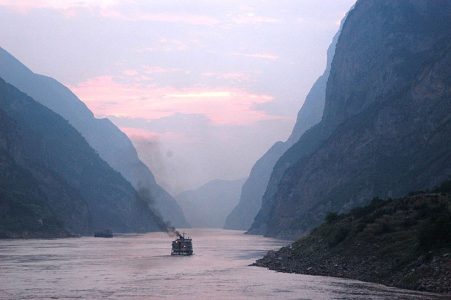
The Yangtze River, Chinaâs longest and one of the worldâs most significant rivers, is approximately 40 million years old. Originating in the Tibetan Plateau, it stretches over 6,300 kilometers, flowing into the East China Sea. Geologists believe it formed as tectonic activity created the Asian landscape during the Eocene epoch. The river has shaped Chinaâs history, providing water for agriculture, trade, and urban development. Its basin is home to countless species, some of which are endangered, like the Yangtze River dolphin. Over millions of years, it has carved valleys and gorges, leaving behind stunning landscapes. Despite its ancient roots, the Yangtze faces modern challenges like pollution and dam construction.
Thames River, England (Age: 58 million years)

The Thames River in England is surprisingly ancient, dating back approximately 58 million years. Originating near the Cotswolds, it flows over 350 kilometers through London before reaching the North Sea. During its long history, the river has shifted courses, leaving behind ancient riverbeds. The Thames has been central to Britainâs history, supporting trade, agriculture, and urban development. Its sediments reveal geological and archaeological evidence of prehistoric landscapes and human activity. Despite its age, the river is remarkably well-preserved, thanks to modern conservation efforts. Today, it remains a vital waterway and cultural icon for the United Kingdom.
Volga River, Russia (Age: 25 million years)
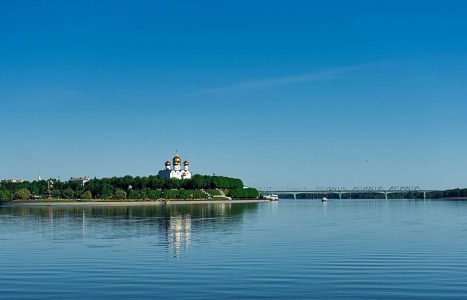
Russiaâs Volga River, often called the “Mother River,” is about 25 million years old. Stretching over 3,500 kilometers, it is Europeâs longest river and a key lifeline for the region. The river formed as tectonic shifts during the Miocene epoch reshaped Eurasiaâs landscape. Over millions of years, it has carved valleys and floodplains, shaping Russiaâs agricultural heartland. The Volga also holds historical importance, serving as a trade route for ancient civilizations. Its basin supports diverse ecosystems, including migratory birds and freshwater species. Today, it remains a critical resource for energy, transport, and culture.
Loire River, France (Age: 70 million years)
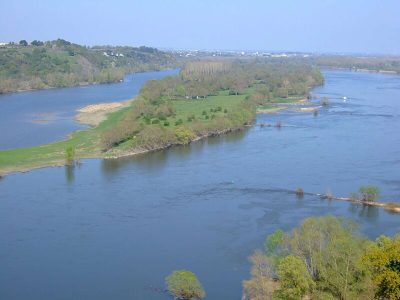
The Loire River, Franceâs longest waterway, is approximately 70 million years old. Originating in the Massif Central, it flows over 1,000 kilometers to the Atlantic Ocean. The riverâs ancient origins can be traced to the Late Cretaceous period, when dinosaurs roamed the Earth. Its meandering course has created fertile valleys and wetlands, known for their biodiversity. Historically, the Loire served as a vital trade route, linking Franceâs interior to the Atlantic. Its banks are dotted with châteaux, reflecting its cultural significance during the Renaissance. Conservation efforts aim to preserve its natural beauty and heritage.
Yellow River, China (Age: 34 million years)
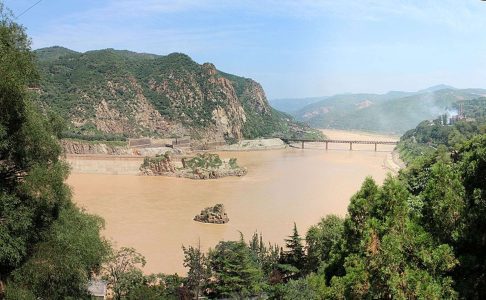
The Yellow River, or Huang He, is Chinaâs second-longest river, with an estimated age of 34 million years. It originates in the Bayan Har Mountains and flows over 5,400 kilometers through northern China. Geologists believe its formation began during the Oligocene epoch, as tectonic forces shaped the region. The river is often called the “Cradle of Chinese Civilization,” as its basin nurtured ancient cultures. Its waters carry massive amounts of sediment, giving it the distinct yellow color for which it is named. Over its long history, the Yellow River has caused devastating floods, earning the nickname “Chinaâs Sorrow.” Despite its challenges, it remains a symbol of resilience and vitality for the Chinese people.



